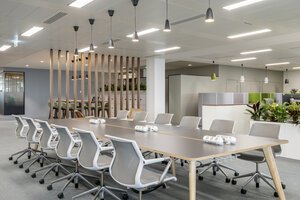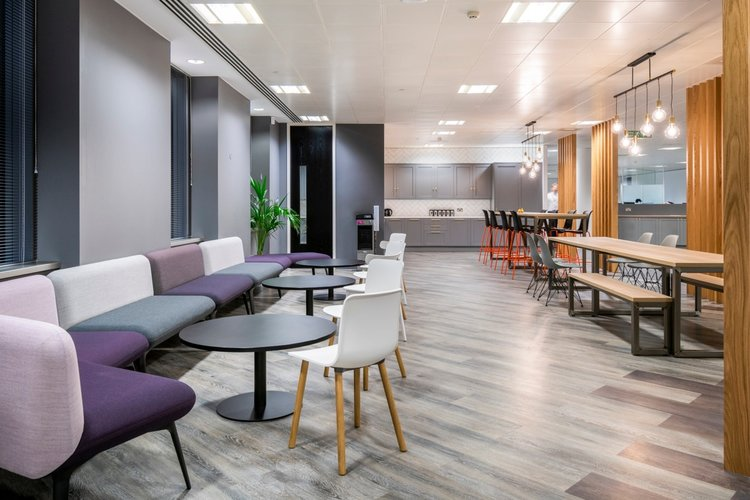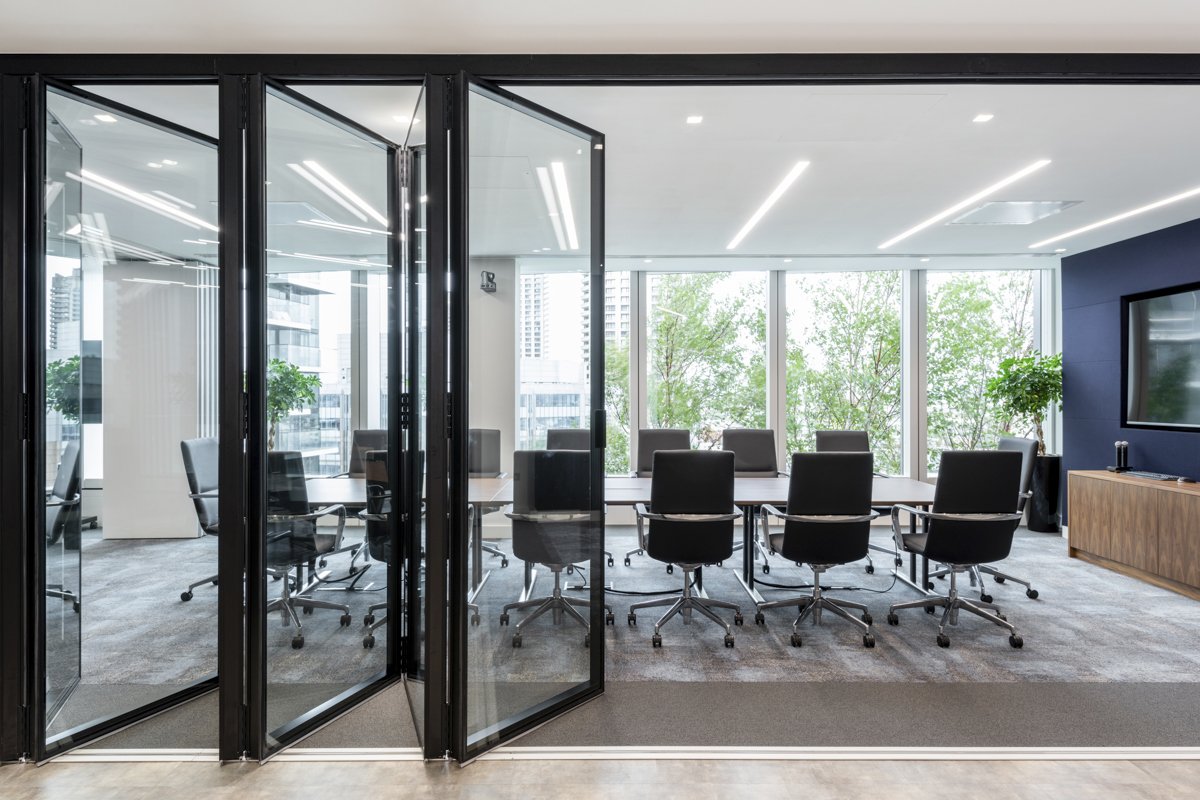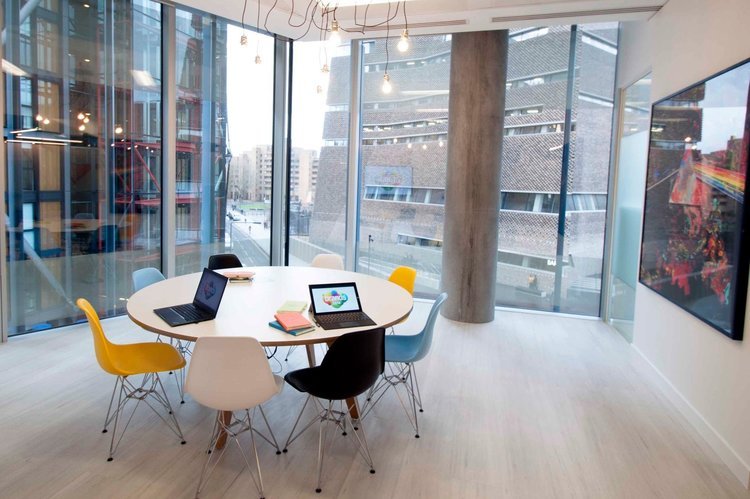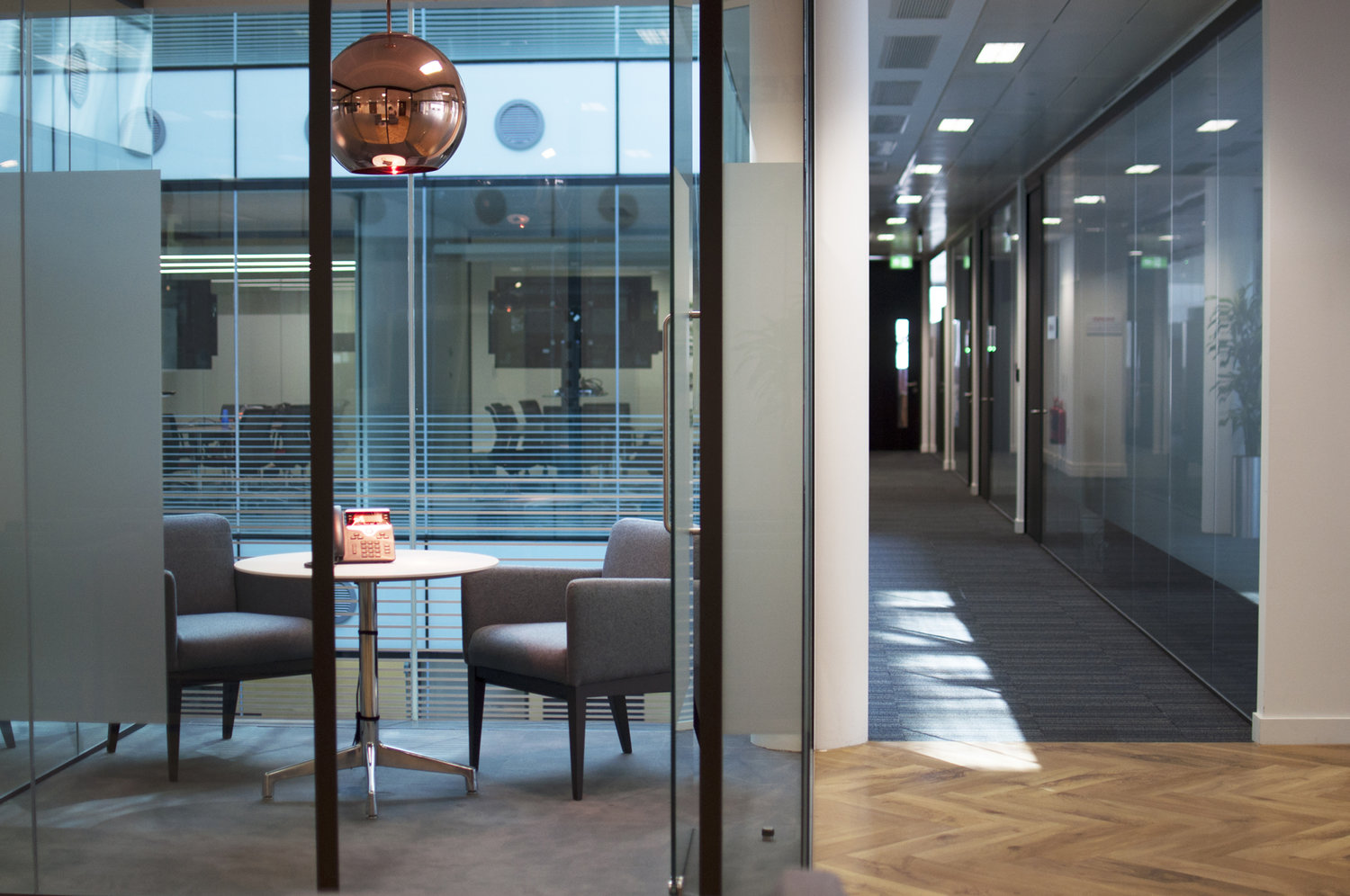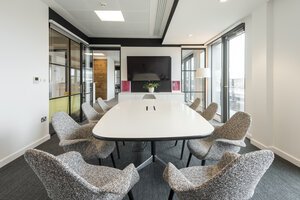As people have returned to their offices after the pandemic, we've seen a clear shift in working patterns and therefore how the office workspace is now being utilised.
The move to hybrid working means the office now has to support fewer people on site, but at the same time interact with more people working remotely. The office layout has therefore evolved with fewer personal desks and more touchdown spaces for work in teams.
But adapting to hybrid working is much more than simply introducing more soft furnishings and labelling areas as “collaboration zones”. Working patterns have not only changed through more staff working from home for part of the week but also the way people work within the office while they are there.
In this blog, we examine in more detail one particular impact of hybrid working – the issue of office acoustics – and outline a range of solutions to “pump down the volume” and create a more productive working environment.
Reducing noise in open plan areas
The need to restore the acoustic balance in open plan areas has become a significant issue, and one which we have been working closely with our acoustics specialist to put in place solutions both for new fit-outs and retrospectively in existing workspaces. While there is no single solution to solve the issue, we have found that a combination of approaches can be very effective.
The first solution is to create a clear demarcation between quiet work areas and social hubs within the office. Creating quiet zones in the office by designating banks of desks or introducing enclosed work pods give staff an undisturbed place to concentrate on individual work.
Noise dampening can also help in open plan spaces. Working with our acoustic specialist, we have been helping clients by installing noise-dampening surfaces or noise-cancelling systems, which make background sounds seem quieter by raising the ambient noise level through the introduction of white, pink or brown noise. To find out more about this, please read our earlier blog.
Encouraging meetings, discussions and collaboration to take place in areas designated as social hubs has a natural dampening effect on acoustics. Just like in a cafe or restaurant, the background hubbub of noise becomes less noticeable and doesn't disturb the conversation of those around the table.
However, while these social hubs work well for in-person conversations, they can still be disruptive for Zoom calls by picking up the background noise, especially for customers or clients who may be wanting to talk in a more private environment. The best way to solve this issue is through the introduction of pods, which can accommodate two or four people and provide a quiet and confidential setting for calls, or use meeting rooms, but these too need to be adapted.
Adapting meeting rooms
Modern meeting rooms also present a challenge when it comes to hybrid working. The preference for sleek design, glass walls and hard surfaces may have worked well in the past for in-person meetings, but now create acoustic issues for Zoom calls. These surfaces intensify echoes and reverberation, not only hindering speech intelligibility for listeners but also distracting speakers as their voice echoes back through the microphone.
The solution for this is to balance the degree to which sound reverberates by looking at the seating layout of the room and installing acoustic tiles to balance the degree to which sound reverberates. No two meeting rooms are the same, as the materials, structure and layout will determine how sound behaves.
Here to help
It is clear in talking to clients, that acoustics is now one of the top issues in creating a productive hybrid office and in order to make the office an attractive place to work. However, office acoustics is a specialist area and often requires a combination of solutions which are tailored to each specific situation.
If you are suffering from acoustic problems in your office, don’t suffer in silence - the Cityspace team is here to help. Please contact us on 0207 638 4250 or email info@cityspacemanagement.co.uk.

